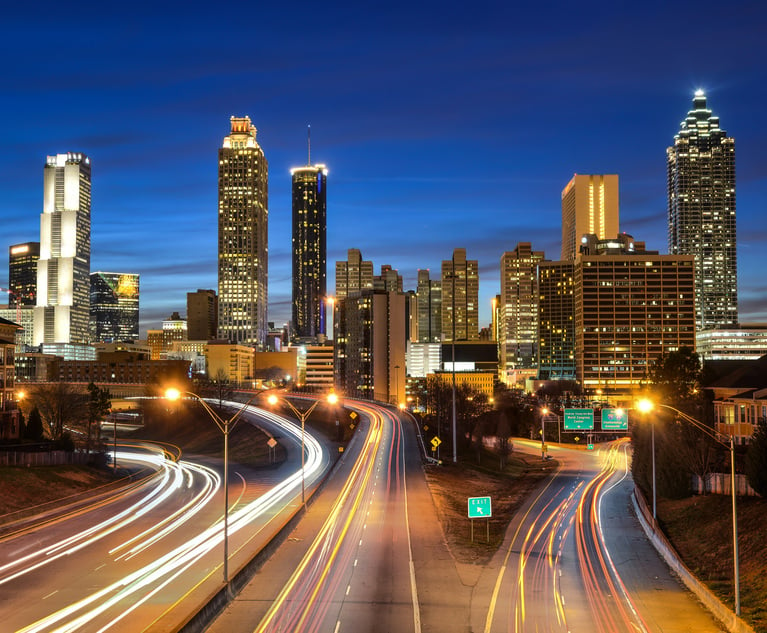Crossing the country several times a year, sometimes by plane or train but usually by car, I see a lot of highway. When possible, I stay off interstates, preferring the scenic two-lane state and U.S. highways. When it becomes necessary to use an interstate, purportedly for speed, I am taking my life in my hands.
I grew up on a four-lane highway, U.S. 20. It was in the days before the interstates or the state turnpikes (except for the Pennsylvania Turnpike, built on an old railroad right-of-way). Each new turnpike or interstate was designed to take traffic off the old highway system and provide a smooth, multi-lane freeway (although many were toll roads) for trucks and autos. Although I try to avoid them, I am out there often enough to see lots of truck wrecks.
Not a monthly issue of Firehouse Magazine (a technical publication for the fire and emergency service) goes by without at least one item on a major trucking accident. Most reports are of some fiery calamity with multiple fatalities or hazardous material spill that calls for multiple alarms and sends casualty claim adjusters racing to the scene. Atlanta has eight interstates radiating out of it, along with a circular perimeter interstate, and hardly a day passes without a major truck wreck on at least one of those roads.
Want to continue reading?
Become a Free PropertyCasualty360 Digital Reader
Your access to unlimited PropertyCasualty360 content isn’t changing.
Once you are an ALM digital member, you’ll receive:
- All PropertyCasualty360.com news coverage, best practices, and in-depth analysis.
- Educational webcasts, resources from industry leaders, and informative newsletters.
- Other award-winning websites including BenefitsPRO.com and ThinkAdvisor.com.
Already have an account? Sign In
© 2024 ALM Global, LLC, All Rights Reserved. Request academic re-use from www.copyright.com. All other uses, submit a request to [email protected]. For more information visit Asset & Logo Licensing.








